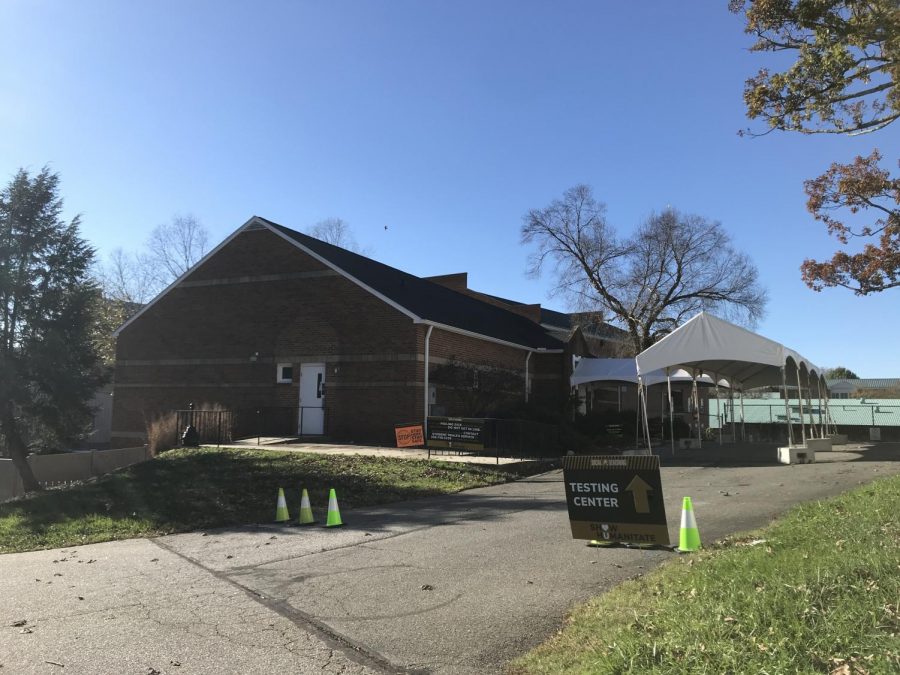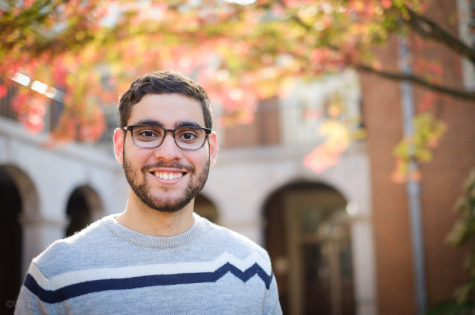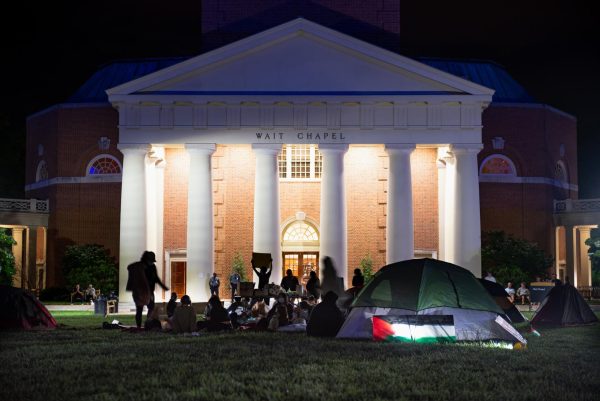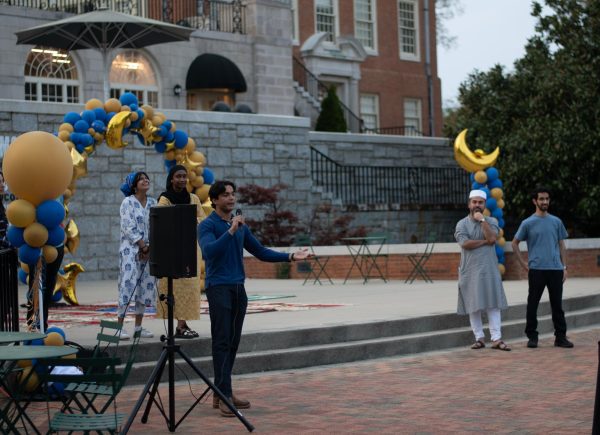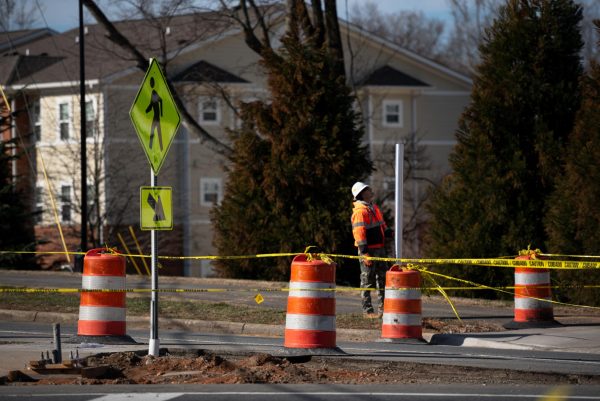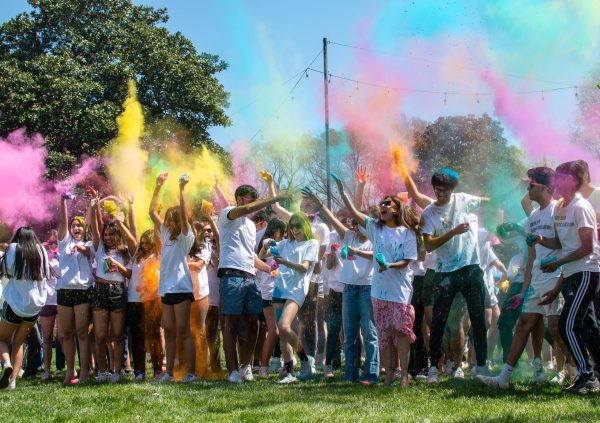University prepares for students’ departures
After three months and 539 COVID-19 cases, Wake Forest look to finish semester well
Students had the option of getting tested on Monday and Tuesday before going home (Will Zimmerman/Old Gold & Black)
November 19, 2020
On Aug. 17, Wake Forest students started to move to campus amid many uncertainties over how their first semester during the COVID-19 pandemic would go.
News had just broken that UNC-Chapel Hill would forego its in-person semester after an outbreak of 135 new cases, NC State was soon to follow thereafter and the bleak assumption among many students was that Wake Forest’s semester would also be a short-lived one.
Yet, three months and two spikes in cases managed successfully, the university is cruising to a fairly tranquil end of the semester despite what looks to be a third wave of COVID-19 cases forming nationwide.
“I think students have understood the gravity of this situation and have really strived to be compliant. The level of mask compliance walking around campus is virtually 100%. Every once in awhile, someone will have their masks [below their noses], but for the most part, I’m just incredibly proud of our students,” said Vice President for Campus Life Penny Rue. “That said, everybody gets a little weary. So, in these last few weeks, people have let their guard down a little bit.”
As of Wednesday, Wake Forest has registered 539 cases since the start of the semester, out of which 101 are still considered active cases among students, faculty and staff.
As students are gearing themselves to return home for winter break, the concern shifts to ensuring that students will not be a source of virus transmission when interacting with their families and local community during the holiday season.
With that in mind, the university offered students pre-departure testing on Monday and Tuesday at no additional cost. Students only had to register for a testing appointment and follow the guidelines that mirrored random testing procedures on campus. Between the two days, 541 students got pre-departure testing after about 600 registered for the testing option last week.
Students that have not registered for pre-departure testing, however, plan to make testing arrangements on their own, as the holiday season creates a perfect environment for close-contact spread among family members.
“I plan on [getting] testing at home. I am just going to test as soon as I go home. Our testing clinic gets the test results in the same day, so I just preferred because it was easier that way,” said freshman Daryna Lapomarede.
The recommendation for students is to keep festivities within the inner family circle only and give preference to outdoor gatherings.
“What we are hoping is that families will be making conservative decisions about the size of gatherings. That’s just the safest way,” Rue said.
With the prospects of a COVID-19 soon being approved, the prospects for the spring semester seem much more prosperous than the ones faced three months ago.
On Wednesday, pharmaceutical company Pfizer announced the completion of trial runs on its prospective COVID-19 vaccine, announcing a 95% immunization effectiveness among participants, a massive step in the race for a vaccine. The company plans to apply for emergency approval from the Food and Drug Administration’s for emergency authorization “within days.”
If approved, early batches of the two-dose vaccine could start being delivered in 2020 still. Drugmaker Moderna also announced their prospective vaccine was 94.5% effective in an early analysis, but further trial results remain outstanding.
As reported by the Old Gold & Black last week, Student Health Service Director Dr. Cecil Price hinted at early preparations at Wake Forest to store and distribute a potential COVID-19 vaccine.
Rue, however, cautions students’ expectations of a quick vaccine delivery to campus given that higher education institutions are not among the priority early vaccine destinations.
“Higher Ed will not be at the top of the [vaccine] distribution list, it is going to be hospitals, nursing homes, prisons and probable elementary schools before higher ed [institutions],” Rue said. “This is where we are very lucky to be associated with a major medical center, so they [Wake Forest Baptist Medical Center] will have access before universities not associated with medical centers would.”
The Old Gold & Black did not receive any reply from SHS officials after multiple contact attempts.
Regardless of the arrival of a vaccine, preparations for a safe spring semester are already well underway. The university expects to welcome back a similar number of students to the ones seen during the fall semester.
According to Rue, students will be required to upload an independent negative COVID-19 test result or sign up for one of the university’s at-home testing options before being allowed back on campus. She also projects a return back to Yellow operating status for the start of the spring semester.
“We know that in the spring semester it will get nicer every week and not colder. So, as the semester goes on, we’ll be able to do more together in an outdoor environment,” Rue said.
If students, administrators, staff and faculty alike feel better than three months ago about our prospects of withstanding the COVID-19 pandemic on campus in person, the hope is that three months from now campus will find itself in even rosier prospects.


